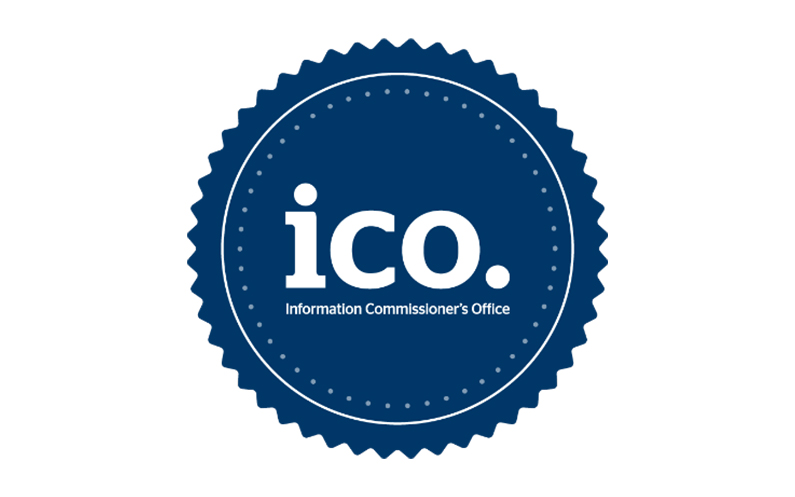It is often confusing and challenging to know what kind of language, sentiment, and SEO blogging strategies will work best for your client’s target audience. You have to factor in what behaviour will elicit the desired response from the people you want to reach.
Sure, on the surface, it might look easy. You may think you only have to add some persuasive words, right? But obviously, there’s more to it. A lot more, in fact.
You have to understand the heartbeat of the brand. What makes their audience tick. You can’t depend on guesswork. It doesn’t work that way, and you’ll only get lukewarm feedback from your client if you don’t drill down on their audience needs.
If you want to know how to create razor-sharp content that doesn’t fall flat, you need to know your client’s audience like the back of your hand. That’s what this article is about.
Table of Contents
ToggleWhat’s the Difference Between Brand Voice & Tone Voice?
I have come across so many people who confuse brand voice with the tone of voice. Although they’re related, there are actually a few subtle yet fundamental differences you should understand to unlock the full potential of your client’s brand.
You can consider brand voice as the building blocks of a company. It’s that unique factor that breathes life into everything a brand does and says. Without a distinctive brand voice, you’re just another generic product fighting for attention in an oversaturated market. Trust me, no brand ever wants to be in this position. A strong brand voice can get others to stop, listen, and pay attention to what you have to offer.
Put simply, a brand voice is something that’s consistent, authentic, and unique to the brand. If a brand voice has these three qualities, there is a higher chance people will trust it. A recent survey found that a whopping 88% of people are more likely to purchase from brands they trust.
A brand voice reflects the same core attributes and personality across every platform and communication channel. That’s what makes people recognise a specific brand as soon as they see it. No matter where they are or how they’re interacting with the content.
Coming to the tone of voice, it’s the manner in which the brand voice is delivered, tailored to fit the context, audience, and channel. For example, if you check Coca-Cola’s website and social media pages, you’ll notice the content focuses on creating moments of happiness and joy. So, the brand voice could be perceived as bubbly, inclusive, and optimistic. They bring this brand persona to action through an upbeat and friendly tone of voice to celebrate togetherness with friends and family.
How to Find the Correct Tone of Voice for a Client
I have some tips and tricks to help you nail down the perfect tone for your dream client.
Understand the Client’s Brand
It pays to go back to the basics. You should research your client’s brand to get a deeper understanding of their foundation and goal. Read over their current content and make some notes.
Here are some questions that can help you get started:
- What does this business believe?
- Who are they trying to serve?
- What’s their unique story?
- Why does the organisation matter in comparison to similar companies?
The product or service a brand sells affects the tone of voice. For instance, luxury brands usually have an elegant and exclusive tone that’s compatible with their products. And tech startups push innovation forward with the use of complex terminology.
However, some brands dare to think outside the box and challenge the norms. BlenderBottle doesn’t use the overly masculine narrative you would normally see in most protein powder and fitness brands. Instead, it uses cheerful and gender-neutral puns to come across as relatable and unique.
As the next step, you should look over the company’s existing marketing materials, message architecture, and approach to SEO blogging. Observe how they are communicating with their audience.
Is the tone of voice formal and professional? Or is it light and friendly? Make a note of which tone of voice they adopt. Use their current content as a benchmark. This can help pave the way for you to create a more refined tone of voice.
Analyse the Audience’s Behavior
You have to understand how people are reacting to your client’s brand. You should notice the pattern in their behaviour. What are they happy about? What are the pain points? You can get this information directly from the social media platforms they mostly use to interact with the brand. So, how do you figure out their most-used platform?
Google offers a site search option that allows you to look for information only from certain websites. Type “site:www.website.com your brand here” into Google, and it will only show you results from that website. If you want to search multiple websites, put “OR” between them in the search bar.
You can use the data you found to adjust the brand’s tone of voice and get fresh ideas about the social media content. You can also try searching using competitor’s brand names to see what content they are putting out.
See how people are talking about the brand in relevant Facebook groups. Pay attention to the emojis, the words or slang they use, and any direct contact with the brand. All this insight is gold when it comes to tweaking your tone of voice. In fact, do the same for the competitors’ audiences and take inspiration from them.
Tip: Since social media trends and slang change frequently, you need to stay in the loop to stay relevant without losing touch with the audience.
Define Tone Descriptors
Think of words that describe the kind of tone you want for your client’s brand. The Nielsen Norman Group has four categories that help you analyse a suitable tone: funny or serious, formal or casual, respectful or irreverent, and enthusiastic or matter-of-fact.
You can define two to three different tones. This way, you can see which tone connects more with the audience. Additionally, you can apply the tone descriptors to specific content pieces to help ensure consistency in the brand’s messaging.
In my role as a B2B copywriter in the UK, I often distinguish between business-to-business (B2B) and business-to-client (B2C) communications using the following tone descriptors:
| Tone Descriptor | B2B Tone | B2C Tone |
| Professional | Formal, industry-specific, authoritative | Clear, trustworthy, approachable |
| Friendly | Collaborative, approachable within a professional context | Warm, welcoming, personable |
| Inspiring | Visionary, driving industry thought leadership | Motivational, engaging, uplifting |
Different Tones for Different Stages of the Funnel
You can tailor your tone to the stages of the marketing funnel for maximum success. If you want people to stay at your blog, ensure your initial content at the top of the funnel is conversational and engaging. It shouldn’t beat around the bush. Here, you have to give a reason for people to keep reading by using simple and easy-to-understand language.
In the middle of the funnel, your audience looks for a clear-cut solution to the problem you talked about before. So, you have to shift your tone a bit. Earlier, you focused on grabbing their interest with a conversational tone. Now, you have to sound like an authority with an informative and helpful tone that’s still engaging. B2C content writers also take this approach for effective SEO blogging that brings targeted value to specific audience segments.
Content at the bottom of the sales funnel focuses on driving conversions. It’s where you need to seal the deal and prompt your audience into action. Your tone here should be persuasive (not pushy) and reassuring to convince the readers without overwhelming them.
Create a Tone of Voice Guide & Test it Against Customer Feedback
The next step is pretty straightforward and actionable. Now, you have to document your findings in a tone-of-voice guide. This guide should include:
- The tone descriptors
- Good and bad examples of the tone of voice
- Tips for maintaining the tone across different types of content
- Grammar rules and vocabulary to use
- Target audience and their communication style
You can use this guide as a reference for future content creation and distribution. If you’re not getting good results, don’t lose hope because it’s not a one-time process. Gauge the customer feedback and refine the tone accordingly. Keep on adjusting the tone until you get the perfect voice for your client’s brand.
Final Words
It takes time and energy to build the correct tone of voice for any project, but keep in mind that it’s always a critical part of success. I hope the steps above help you craft the ideal tone for your client. If you’re still stuck or need some advice, please reach out! I’m more than happy to help you find your tone and start to create the content your clients love.







